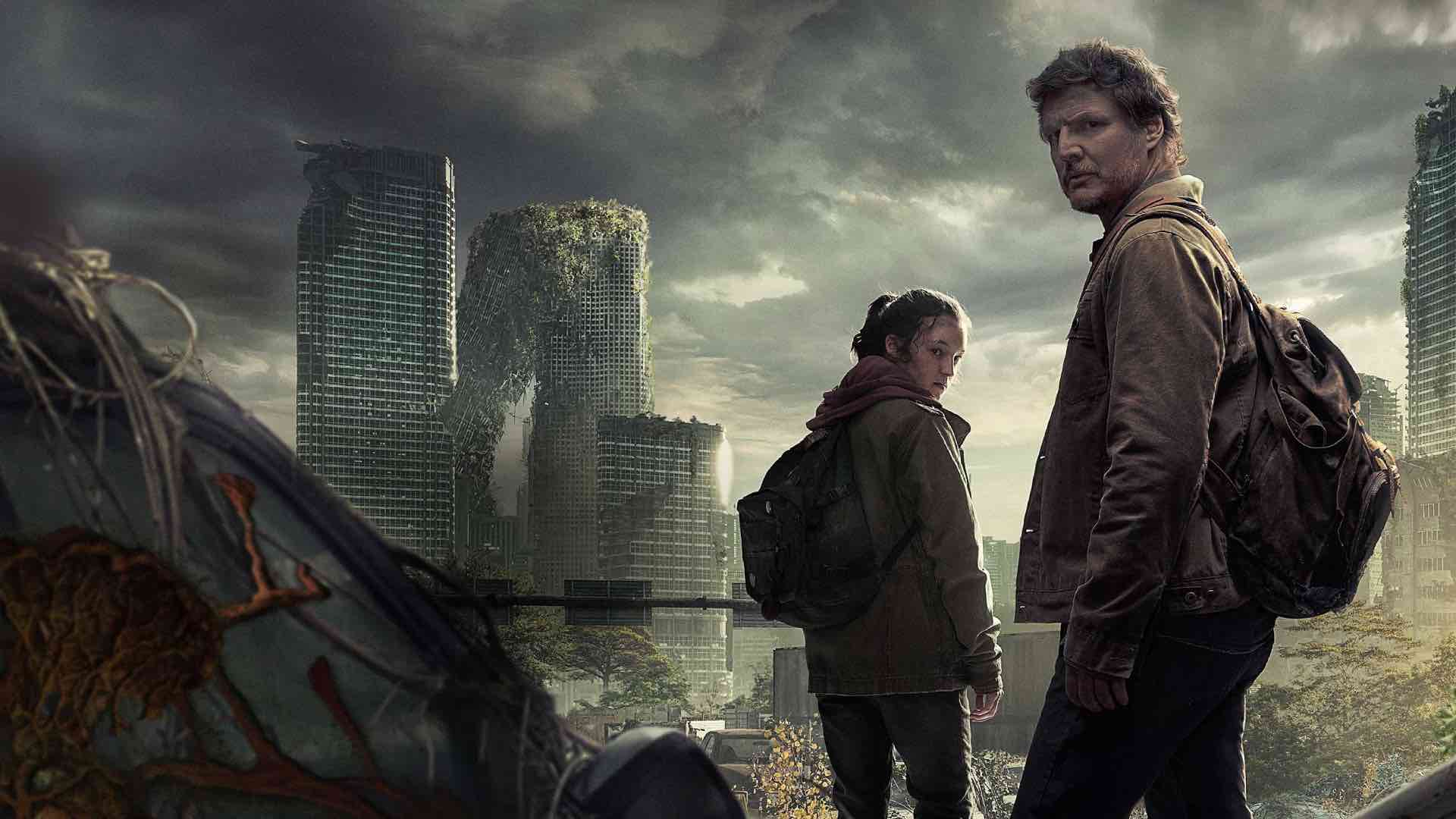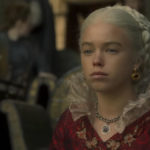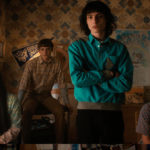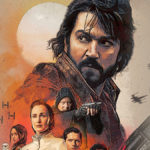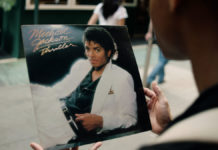Given the dismal quality and/or poor box office returns of recent films like “Mortal Kombat,” “Uncharted,” “Monster Hunter,” and the like, you might wonder why Hollywood persists in turning video games into onscreen entertainment. Well, wonder no more: It’s all about money. In 2021 alone, the gaming industry netted a staggering $180 billion in revenue— more than the earnings of Hollywood and the music business combined. So it was only a matter of time before producers (in this case, TV producers) turned their attention to Sony Interactive Entertainment and Naughty Dog’s ultra-popular title “The Last of Us,” which has won over 200 Game of the Year awards and is one of the most successful video games of all time.
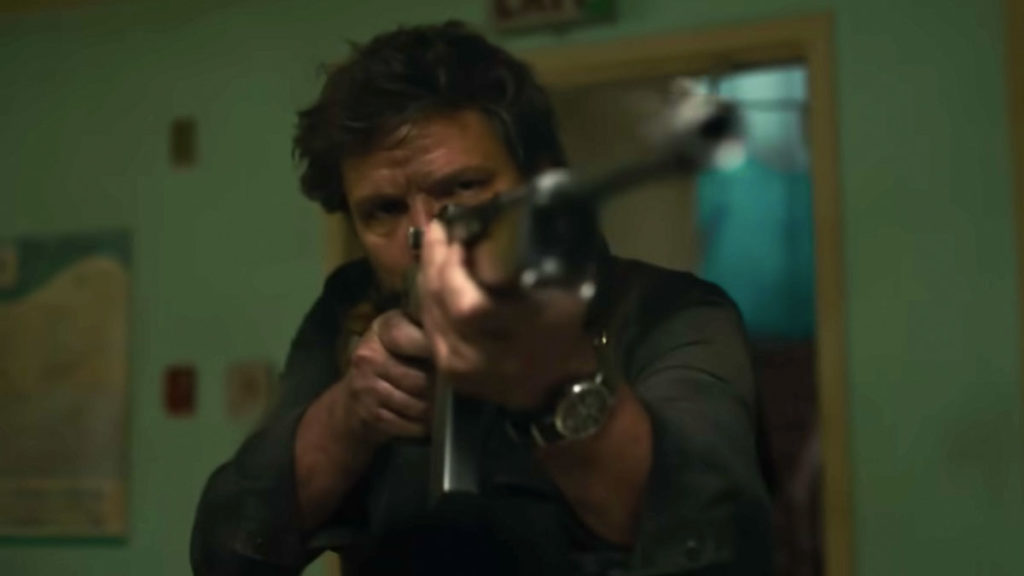
But is the TV show any good? Well, it certainly should be. For one thing, it’s produced by HBO, a top-tier outfit that arguably ushered in the current era of Peak TV era with edgy, envelope-pushing shows like “The Wire” and “The Sopranos,” paving the way for more recent hits like the marvelous “Succession” and terrific-until-it-wasn’t “Game of Thrones.” Another item in the “plus” column is the cast list: The impressive call sheet includes Pedro Pascal (“The Unbearable Weight of Massive Talent”), Bella Ramsey (“Catherine Called Birdy”), Anna Torv (TV’s “Mindhunter”) and Diego Luna (“Terminator: Dark Fate”), all of whom have done solid work on both the big and small screens. But the biggest thing this show has going for it is the story of the source material, widely regarded as one of the best in gaming. Add in the fact that the TV version was adapted by game creator Neil Druckmann and Emmy-winning writer Craig Mazin (“Chernobyl”) and you have the recipe for a truly memorable series.
The pilot episode of “The Last of Us” begins with a clip from a fictitious 1960’s talk show, a cleverly disguised bit of exposition in which a scientist (played by the brilliant John Hannah) describes the horrifying effects of a global pandemic caused not by a virus, but by a fungus that takes over the bodies of its hosts; one that isn’t dangerous to humans… unless the global temperature somehow rises beyond normal levels. (Uh-oh.) Flash forward to 2003, where we meet Sarah (Nico Parker), a charming preteen whose main concern is whether or not her overworked father Joel (Pascal) will bring home a cake for his birthday. Soon, her idyllic world is shattered, and she and Joel, along with her uncle Tommy (Luna), must escape the chaos of a city overrun by hordes of the flesh-eating undead.
One of the best things about this show, at least based on its pilot, is that it assumes you aren’t familiar with the game on which it is based. Too many adaptations rely on Easter eggs and in-jokes that are inevitably lost on the casual viewer— that’s not the case here. Sadly, the show also assumes you’ve never seen a zombie movie. Because everything on screen is something you’ve seen many, many times before: the kindly neighbor that turns into a raging monster, the swarms of flesh-eating creatures ripping people’s throats off with their teeth, the desperate father driving his daughter frantically through panicked streets, the soldiers and the barricades and the burning cars and the “We have to go north!” etc. etc. etc. Happily, in this case, this kind of familiarity doesn’t breed contempt, because the show is executed so well. In other words, “The Last of Us” doesn’t aim to reinvent the wheel; it just aims to make a really good one— and, for the most part, succeeds.
Because Craig Mazin, the show’s director and co-writer, clearly understands horror. He knows that no jump scare can match the cumulative effect of slow, subtle, creeping terror; the uneasy feeling that something is just a little bit… off. An old lady twitching in a wheelchair, just out of focus; a flatly delivered TV news report, half-audible in the background; a flash of light in the inky darkness. The first half of the episode, talk show prologue included, is a master class of slowly building tension that eventually erupts into a pulse-pounding scene of absolute chaos. At the very end of this sequence, the show earned my undying respect by boldly and unexpectedly [SPOILER ALERT! SPOILER ALERT! SPOILER ALERT!] killing the show’s presumptive protagonist. It’s a risky move, but one that I think pays off.
Sadly, the second half of the episode is somewhat less effective than the first. When we flash forward 20 years to the present day, the narrative loses much of its steam. If the show is still watchable at this point— and, to be fair, it is— it’s primarily because Mazin flatly refuses to spoonfeed his audience. It’s a brilliant move: By not telling us exactly what is going on, he forces us to stay involved in the story, if only to piece together the rules, norms, and socio-politics of this strange new post-apocalyptic world that we find ourselves in.
I’m not completely sold on “The Last of Us,” but I’m willing to give it another episode or two. (And based on the good parts of the pilot episode, I may even try the game.)
RATING:

5 crowns: a must-see
4 crowns: excellent
3 crowns: good but not great
2 crowns: just about watchable
1 crown: avoid at all costs
Click here for more stories like “The Last Of Us”. You may also follow and subscribe to our social media accounts: Facebook, YouTube, Instagram, TikTok, Twitter, and Kumu.


